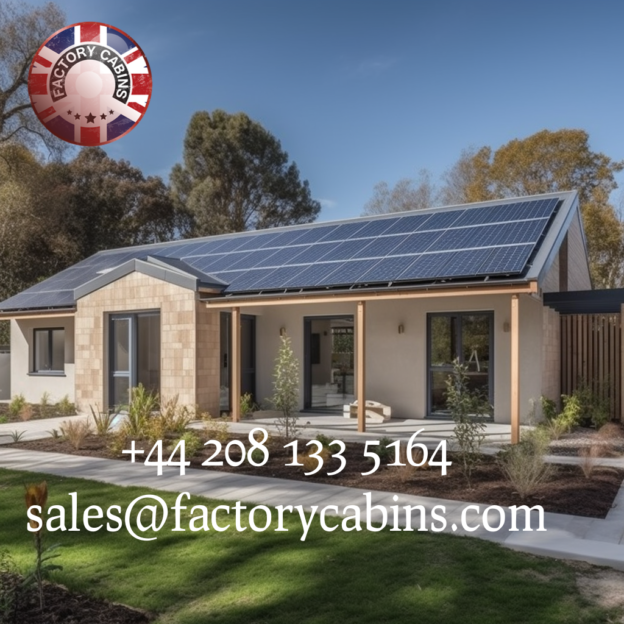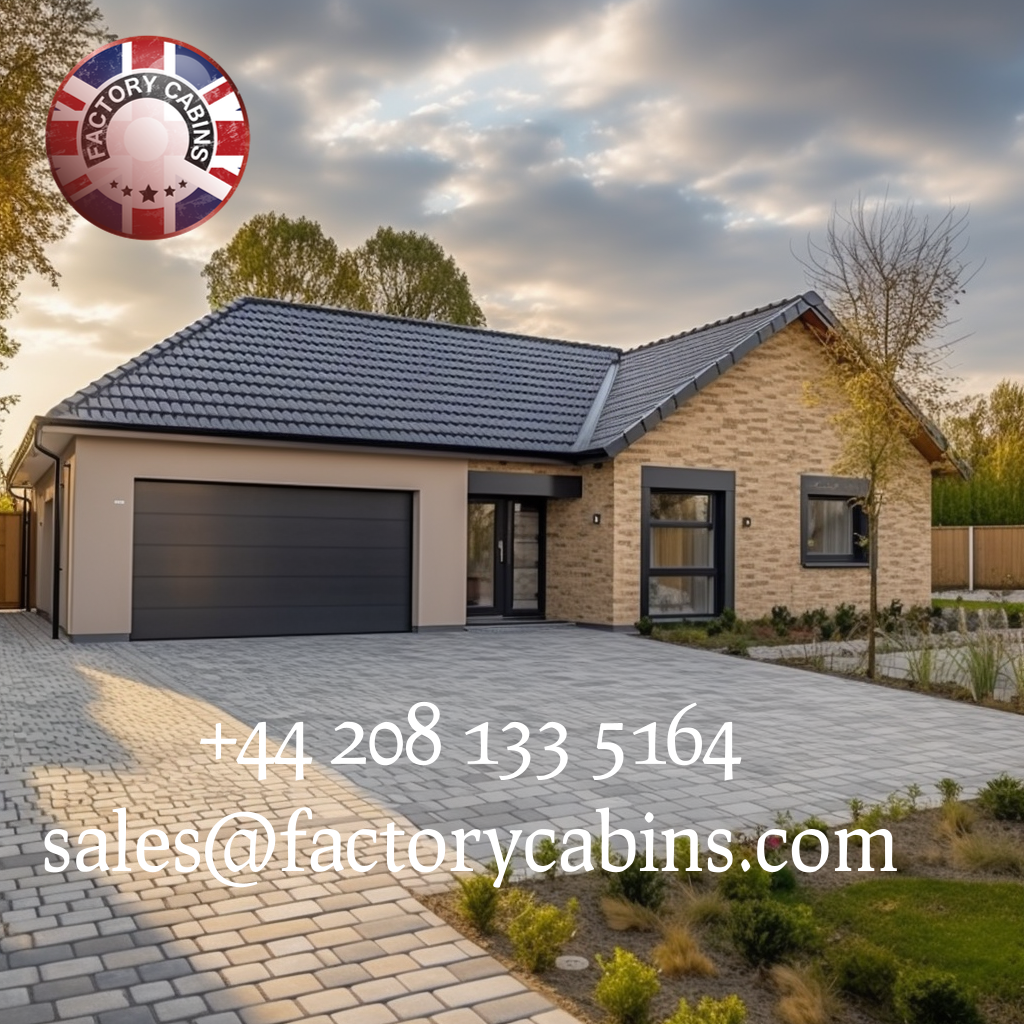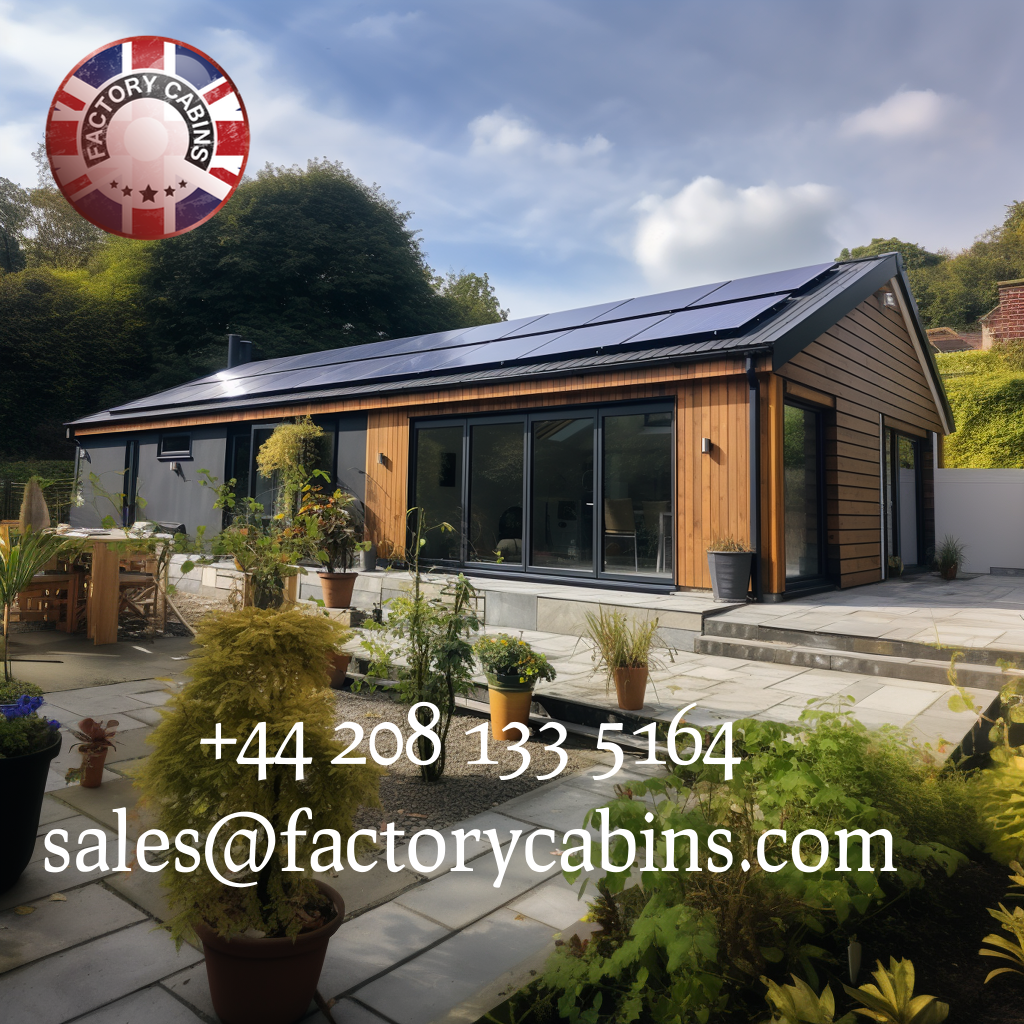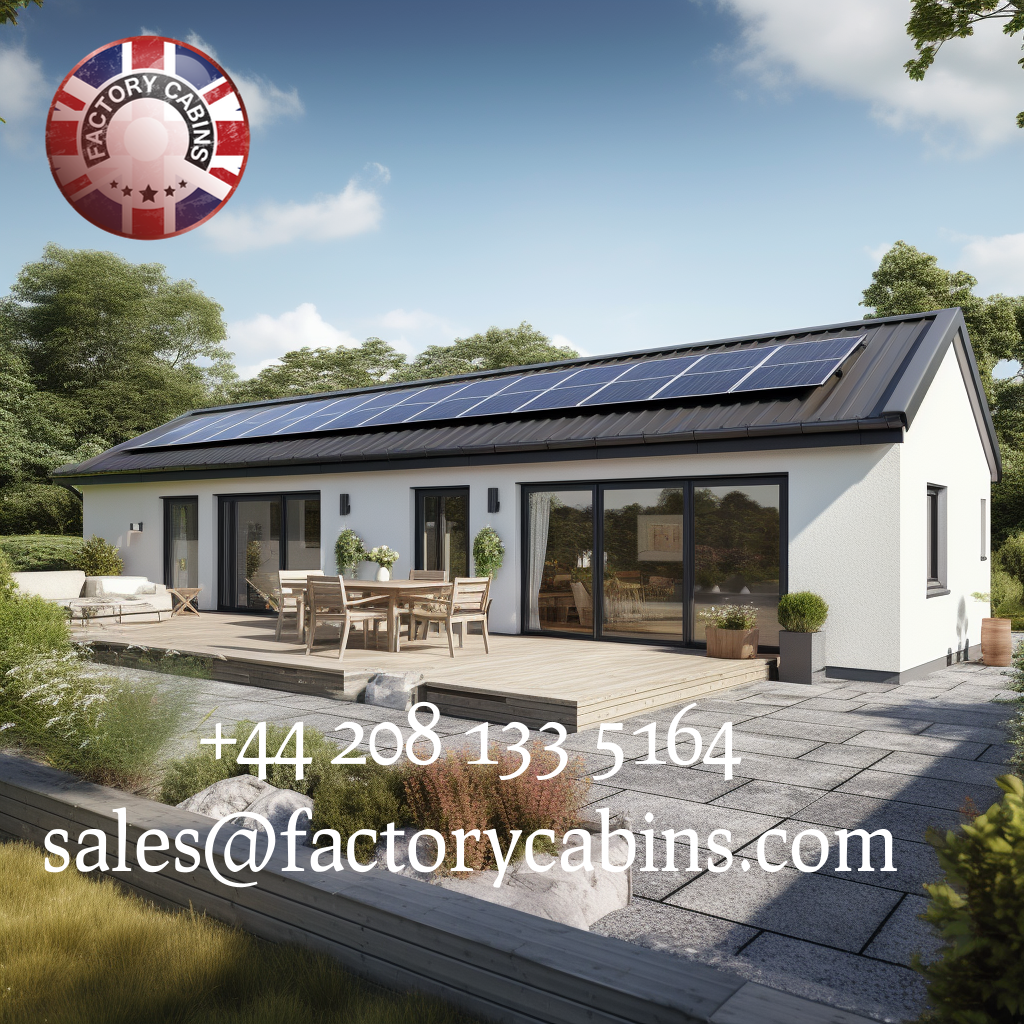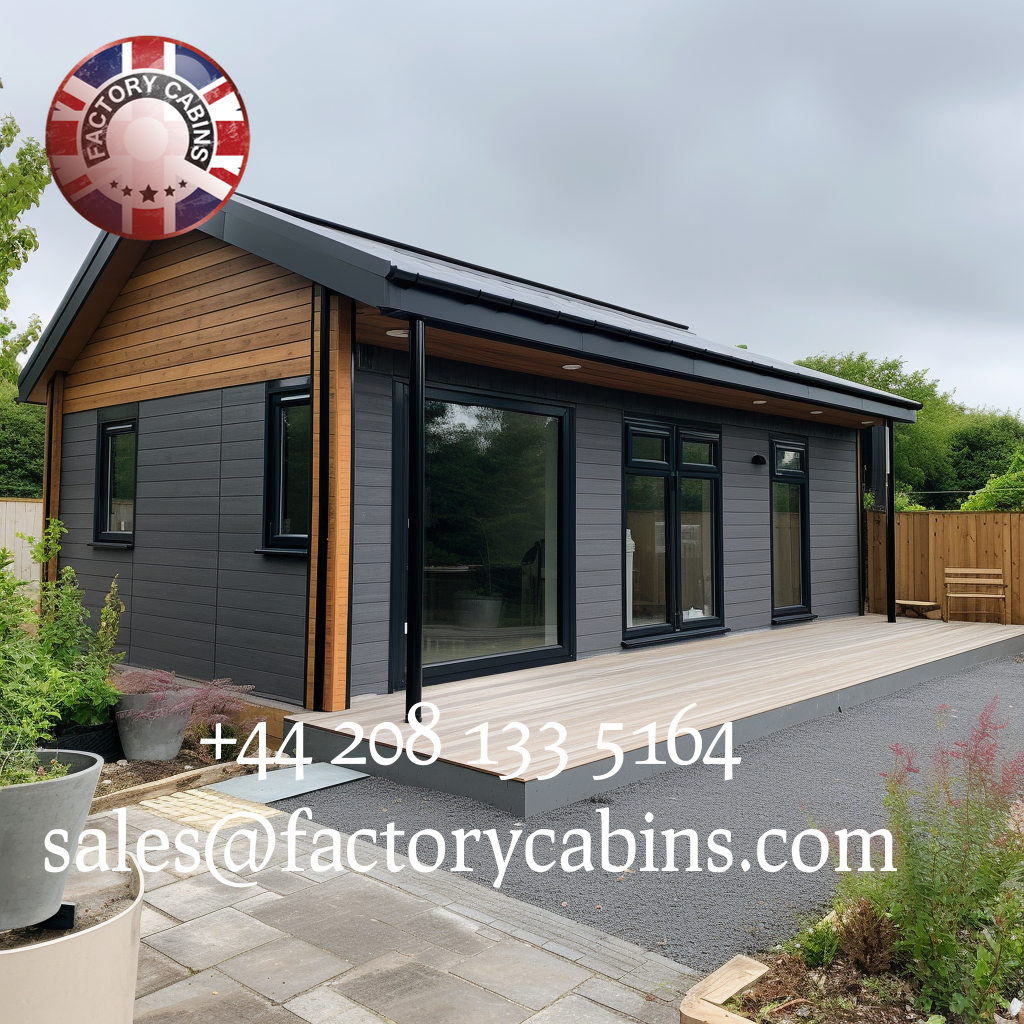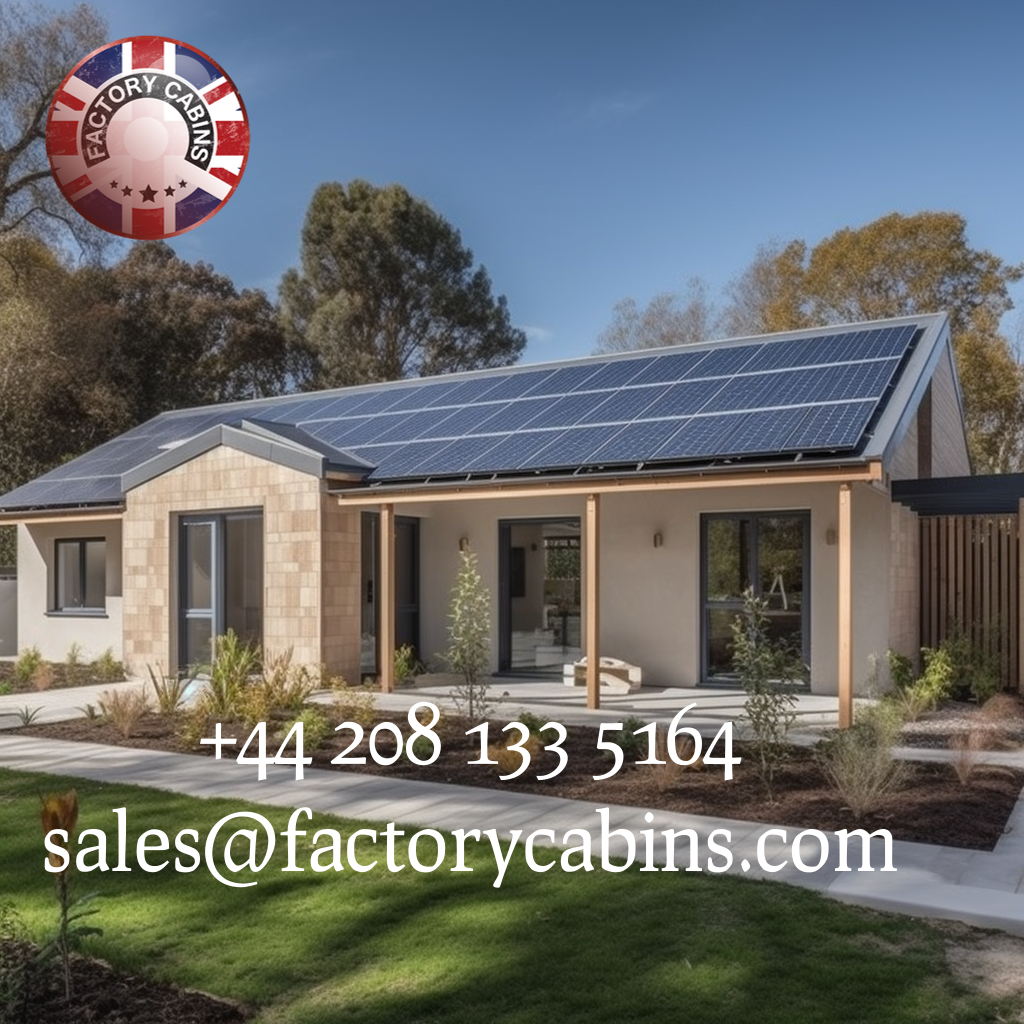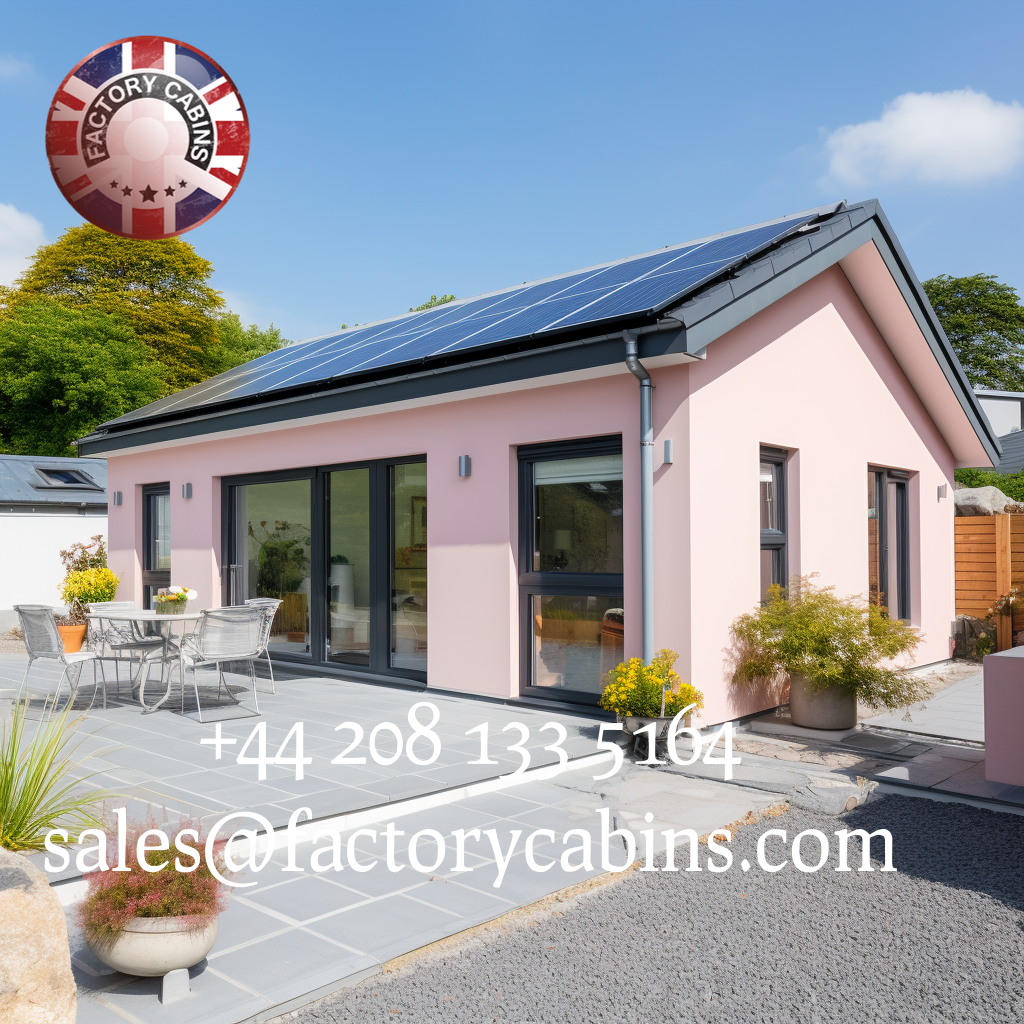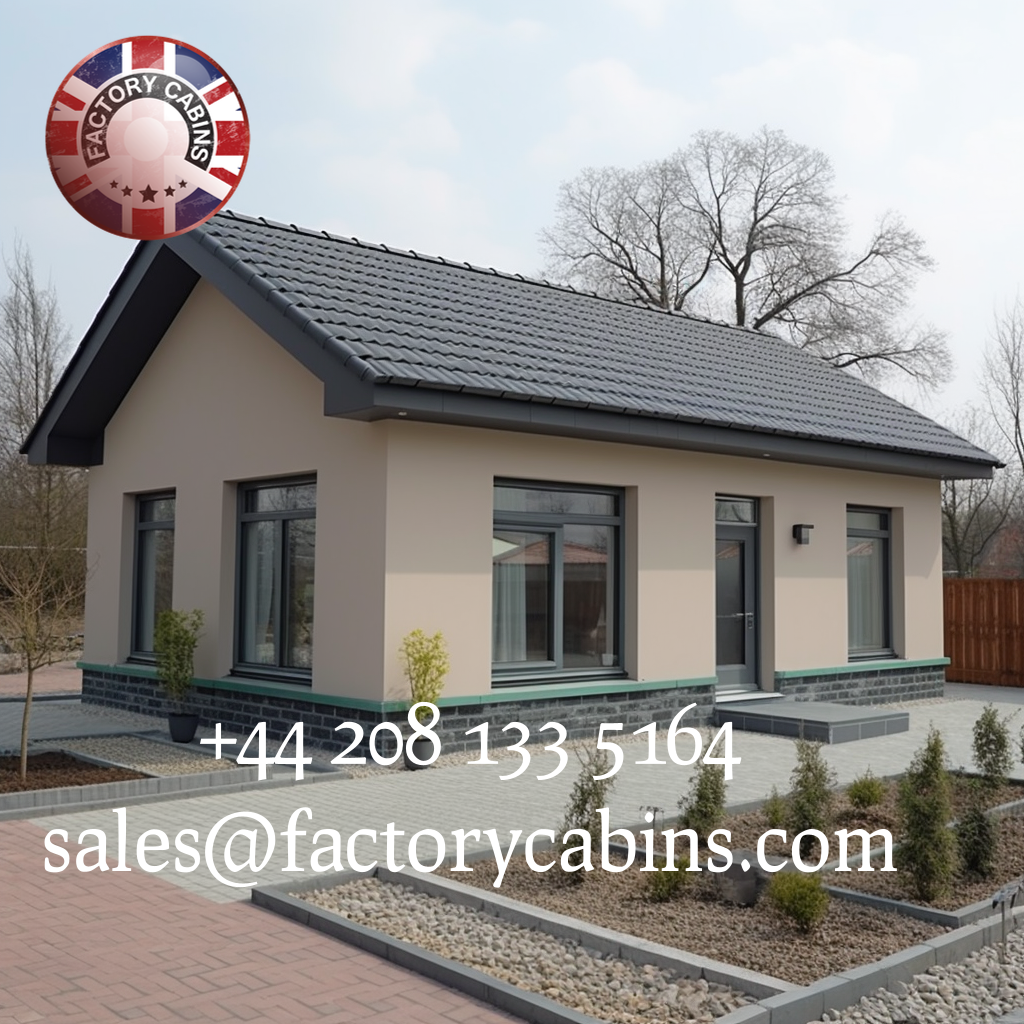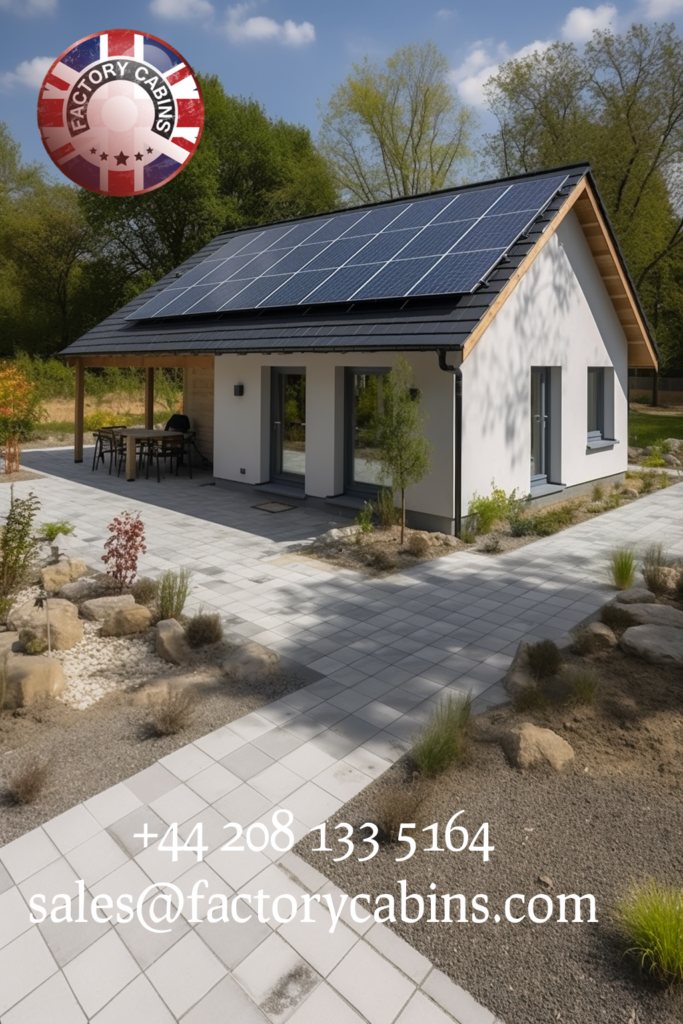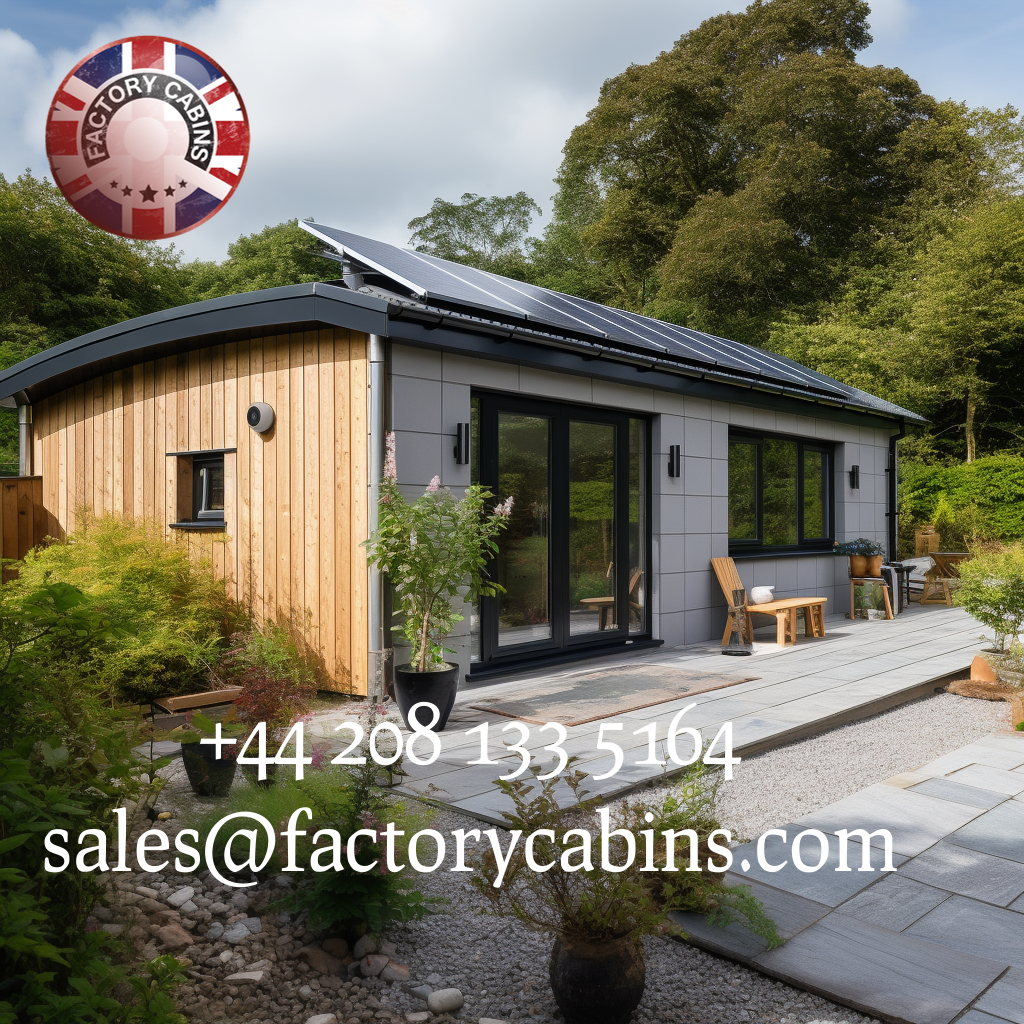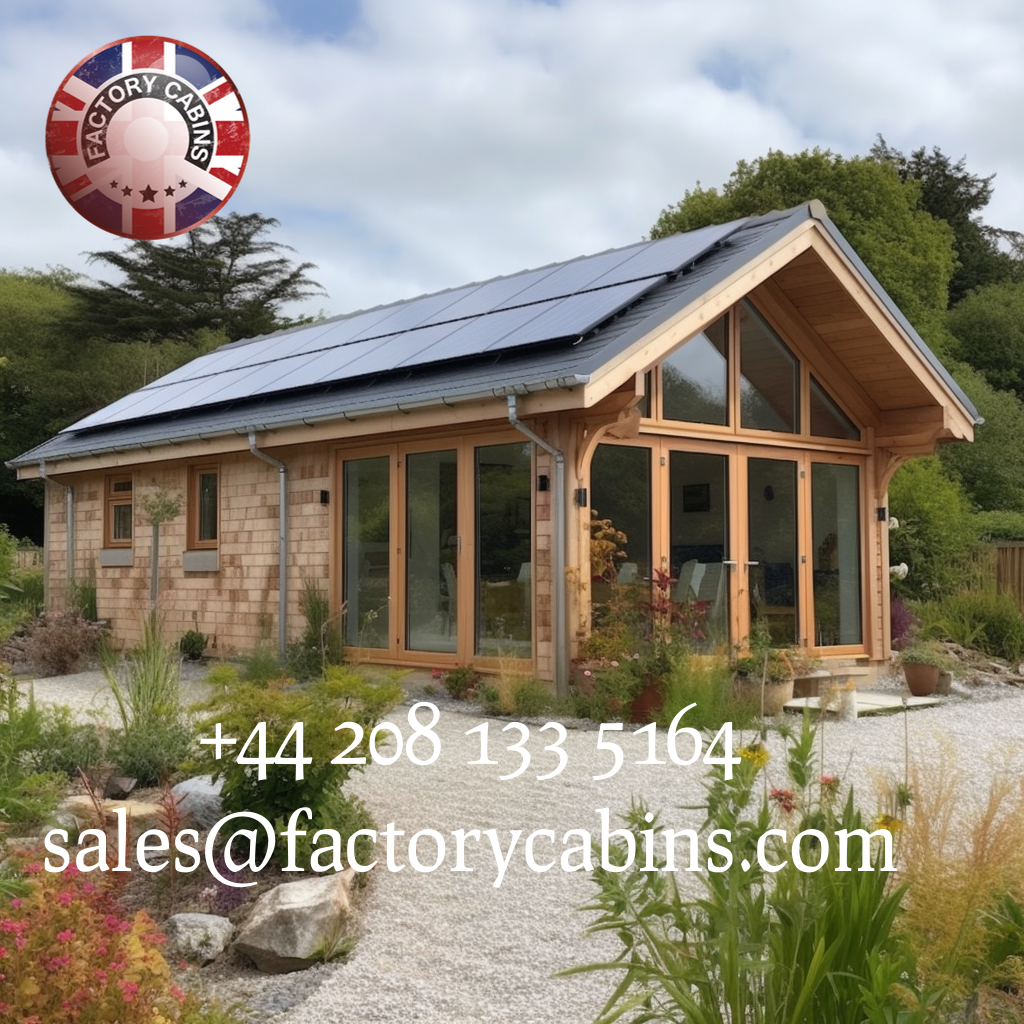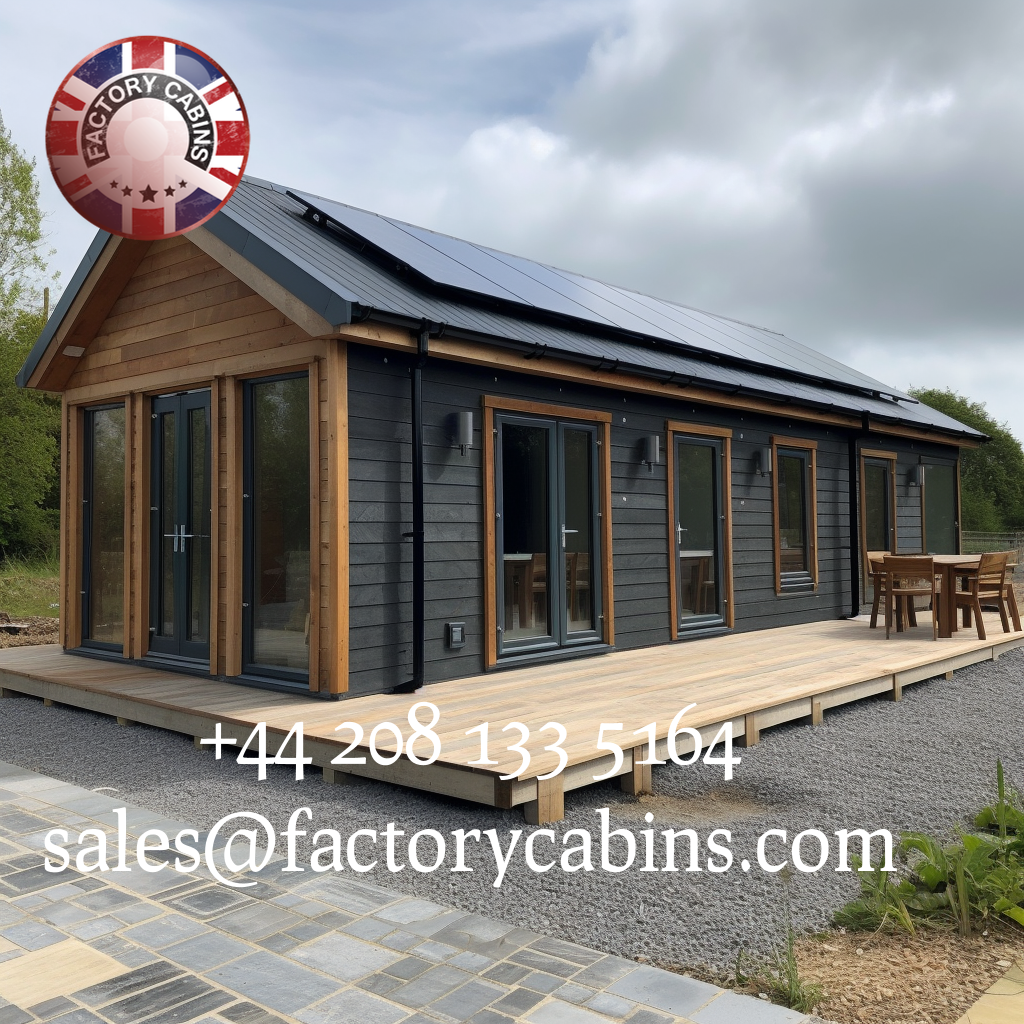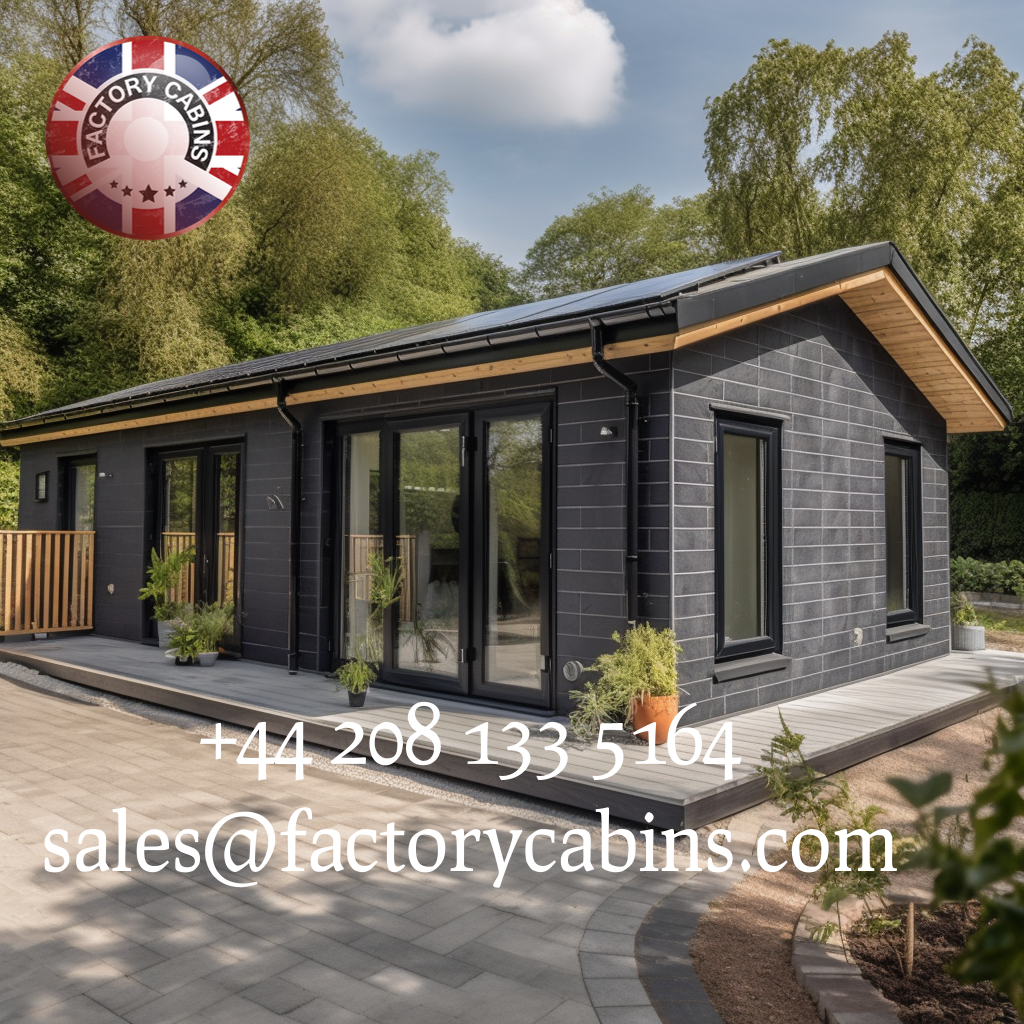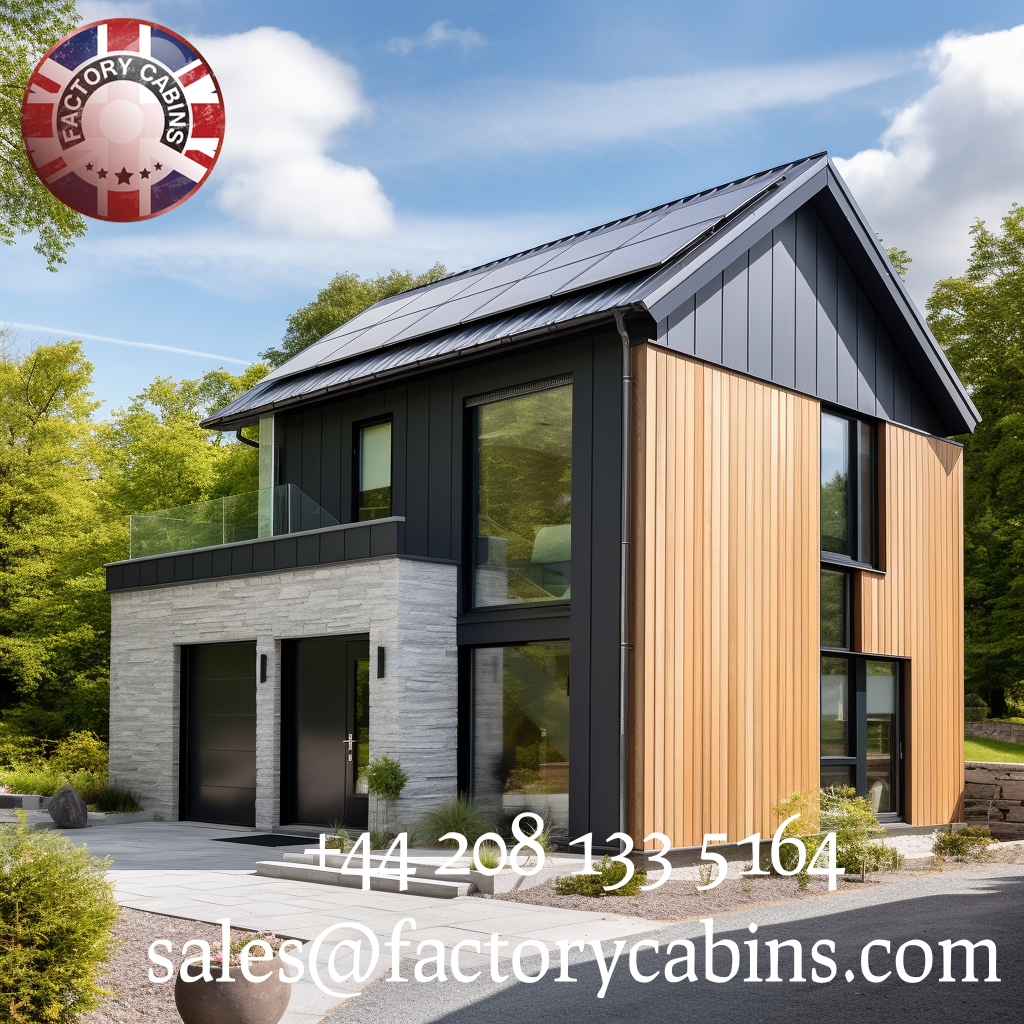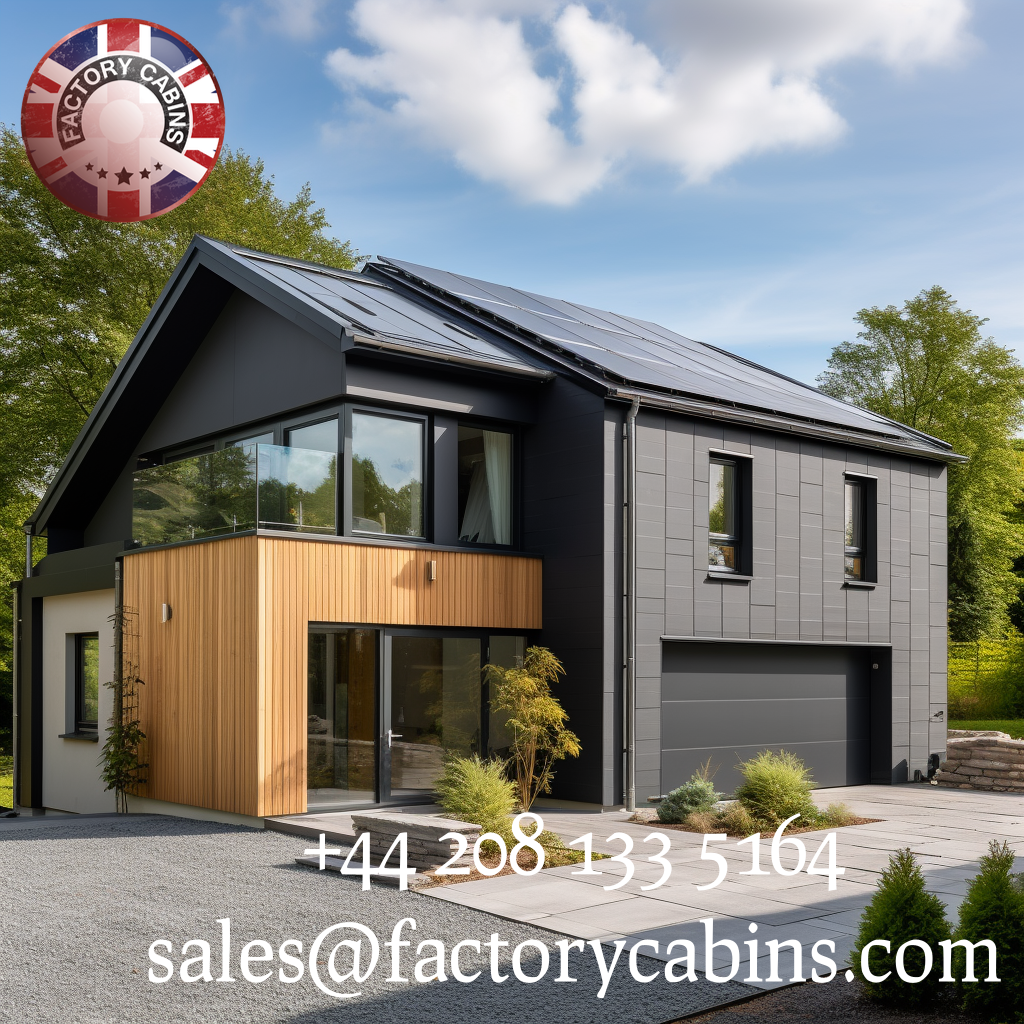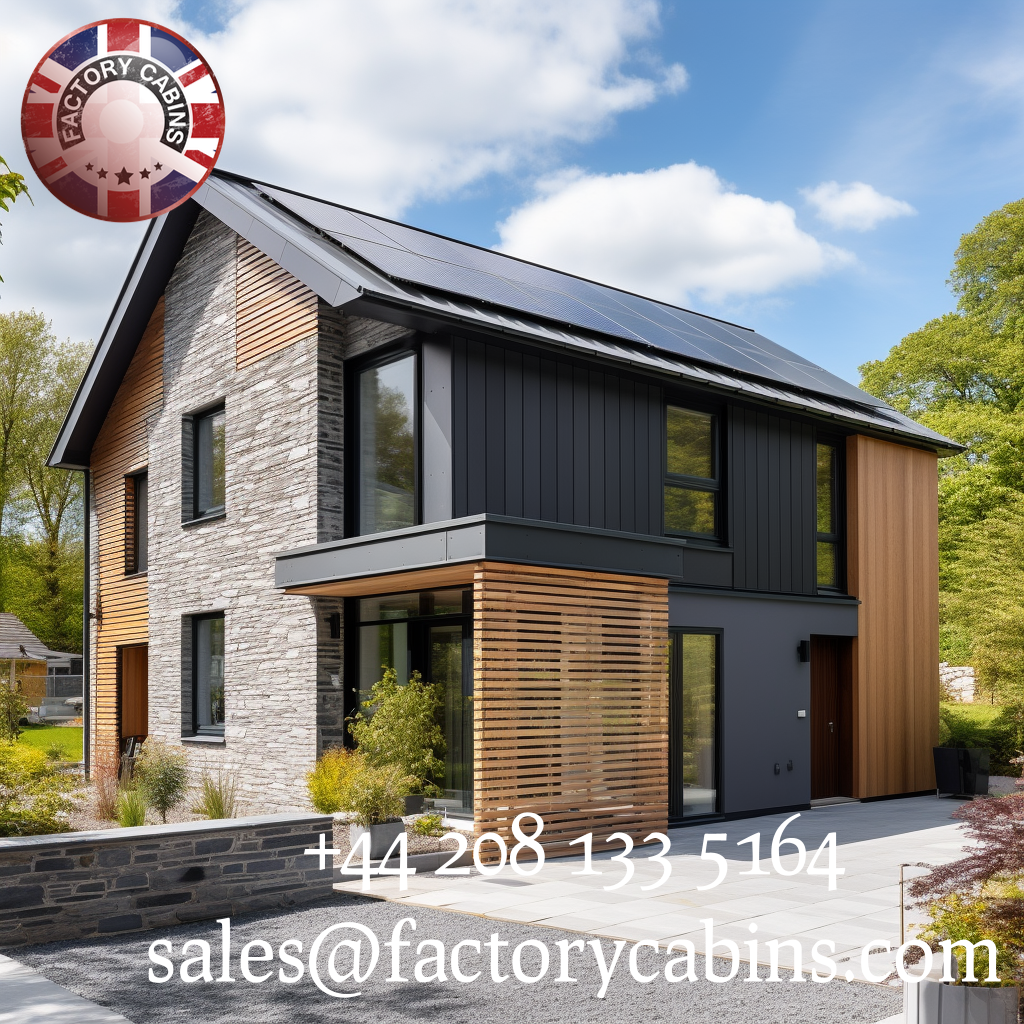
The Best Timber Frame Garden Retreats in the United Kingdom.
The UK housing market, as we know, is tumbling in price, the cost of running your household is tripling, and our housing sadly are about as carbon neutral as a pair of plastic flip flops. The homes of the future will not be SIP panels, Brick, or Modular; they will be massively insulated timber frames, fitted with quality ground heat source pumps, and built to last. The average block of flats manufactured in concrete has a lifespan of 60 years. Most houses that are now built are sadly not fit for purpose, and the new government regulations will turn not fit for purpose into a low price dwelling.
In other words, you house price will drop like a stone., or course the government will keep quiet as the banks are still loaning money on properties that are not even a C. And as we all know the government is owned lock stock and barrel by the financial sector.
Discover the greatest timber frame garden retreats in the UK, built for optimal comfort and insulation. Learn about the most recent garden retreat technologies and how to transform your outside space into a calm haven or an entertaining hotspot for you and your friends.
Quality is hard to come by; high prices, yes; craftsmanship, no. For many years, industry professionals have been inspired by Factory Cabins’ high-quality designs. Our timber frame buildings are without doubt the best of the best.
https://www.bristol.ac.uk/news/2023/september/retrofit-homes-for-net-zero.html, this £4.6 million, pound grant to help the university think how to retrofit housing to make them more net zero is a joke. And as always a waste of money, for that money we could manufacture 46 net zero 2 bedroom, 2 bath houses.Retro Wasting should be a crime, and the government officials that push this, should be sacked.
Let’s say your house was built in the 1940s. How do you retrofit your house to net zero.
Simple, knock it down and build a new one. Why , here is the list of things you will have to do to your old house: And I do not need 4.6m to think about it.
REGENERATIVE GENERATION
Solar (roof-mounted PV panels) is the most cost-effective technique to create your own energy right now. A PV system can provide electricity at 60 to 70% of the cost of grid electricity.
EFFECTIVE WATER MANAGEMENT WITH A SHOWER HEAD
Hot water consumption is reduced (low flow water fixtures, stacked plumbing, drain water heat recovery, and on-demand hot water recirculation).
Air sealing
EXCELLENT AIR SEALING
Air sealing saves the most energy and increases the overall comfort of your home. Keep in mind that weatherization and good ventilation are inextricably linked.thermostat with a round black cover and digital style displays
DEVICES THAT ARE SMART
Sets energy usage limitations and reduces energy waste.
iNSULATION PERMANENT INSULATION
With improved insulation, a smaller heating system will do the job more efficiently. You’ll save money on heating and cooling all year.
ENERGY APPLIANCES
All key appliances have high efficiency and durability.
WINDOWS AND DOORS WITH HIGH PERFORMANCE
Replace old, draughty windows and doors with high-performance, triple-pane models or Low-E storm windows. Reduces heat loss, improves day lighting, and lowers condensation danger, yellow lightbulb with a white base
EFFECTIVE LIGHTING
Replace incandescent bulbs with LEDs or smart bulbs, room by room, for low-energy, high-quality lighting. ductless heat pump outdoor condenser unit
PUMP HEATING
Electric heating and cooling that is efficient (air-to-air, air-to-water, GSHP).ventilation fan with two fans parallel to each other
FRESH AIR SYSTEM
With high efficiency heat recovery, it distributes filtered fresh air throughout the home.a water heater HEAT PUMP WATER HEATER Electric water heating that is efficient.A home energy monitor is represented by an orange rectangle with white antennae, optimises energy consumption throughout the home.stiff grey insulation
INSULATION UNDER THE SLAB
Heat loss is reduced.
LEVEL 2 CHARGING PORT
Enables faster at-home regeneration of an electric vehicle’s battery system when plugged into a charger located on a wall.
Plus external insulation
Please remember that whatever you stick on the exterior of your house in the way of insulation,, you will then need to cover that with a weatherproofing ,smooth, textured, painted, tiled, panelled, pebble-dashed, or finished with brick slips, or some kind of panel This will mean removing drain pipes, aircon units, and your roof overhang will somewhat be reduced. Your house will look sadly like a bunker.Retrofitting is not a pretty exercise, and your house will one of millions that will be boycotted and be put on the list of Ugly! Prices will drop and only New Net Zero houses will lead in the market. This is fact. Why buy a house that uses loads of fuel, and looks like a pillar box when you can purchase a new built to purpose house that costs almost nothing to run?
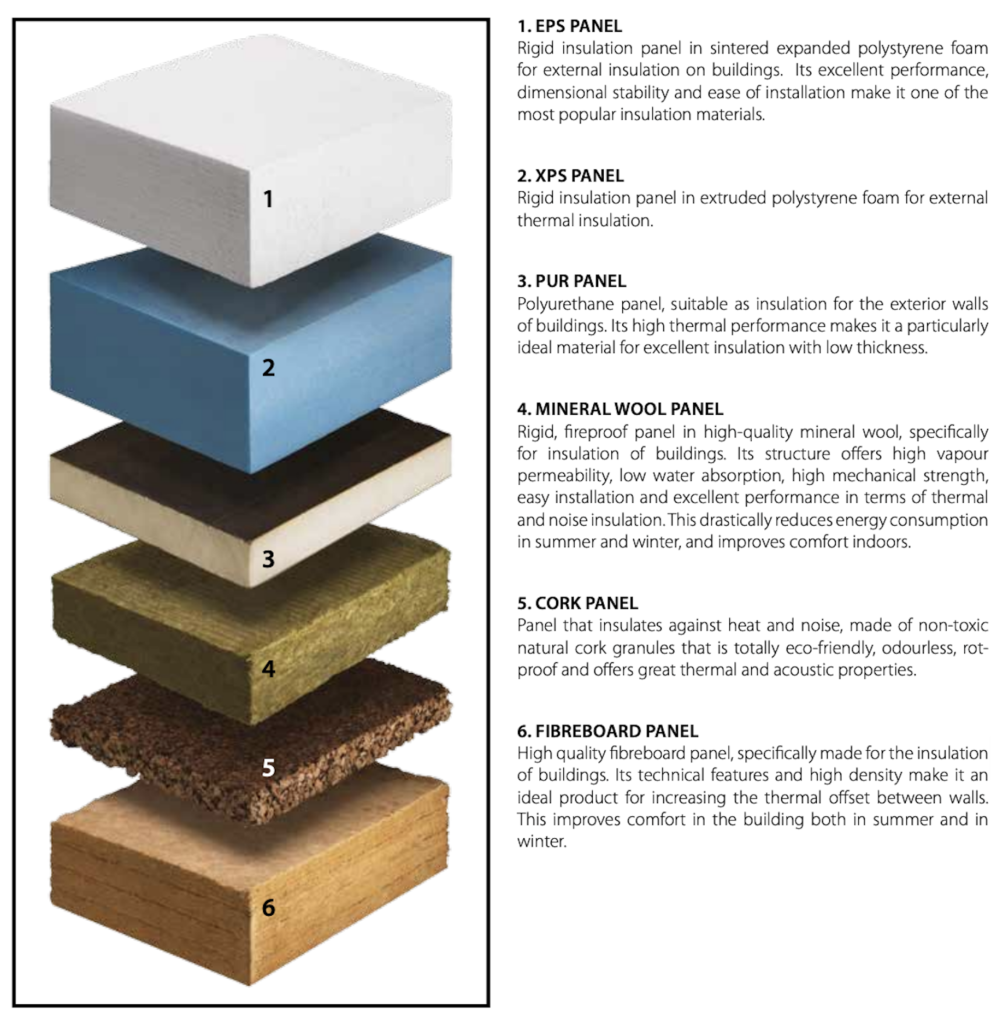
BE SENSIBLE NOW
We only covered a slight amount of work needed to do to make your house net zero, there is so much involved, and it’s extremely costly. The most important thing to remember now, is to only purchase a house that is A rated , nothing under.
BUY NEW, BUY A RATED HOUSE AND GROUND HEAT SOURCE PUMPS, AND ENOUGH PANELS TO COVER JUST RUNNING THE HEATING, 2 X 10 KW BATTERIES.
More, this is regarding new dwellings,.
To achieve the UK’s net-zero carbon transition by 2030, ( WAS 2050-CHANGED TO 2030) new dwellings must meet high energy efficiency standards while minimising life cycle carbon emissions. Using Water Lilies as a case study, this study develops a method for integrating building energy modelling (BEM) and life cycle assessment (LCA) tools, IES Virtual Environment (IES VE) and One Click LCA, to conduct a life cycle assessment of the operational and embodied carbon impacts of a typical terraced building shell in an eco self-build community housing (ESBC) project. It assesses and compares the carbon footprints of six design solutions for the case study building shell during a 60-year life cycle. The findings are based on grid-connected Future Energy Scenarios (FES) with varying carbon intensities expected throughout time, as well as the microgrid-connected Water Lilies Community Energy (WLCE) scenario, which is operationally carbon-free. Depending on the FES, embodied carbon accounted for between 59 and 80% of total emissions, while operational carbon contributed for 20-41% of total emissions across design alternatives. The findings demonstrate that operational carbon is very sensitive to the fraction of renewables in the grid’s energy mix, which is difficult to anticipate and can have a substantial impact on design choices. As a result, future studies should account for expected changes in the carbon intensity of the grid using a strategy similar to the one presented. Overall, the integration of IES VE and One Click LCA resulted in a more streamlined life cycle assessment to aid in early design decisions by enabling energy consumption simulation in BEM to assess operational carbon emissions and the automated transfer of building materials from the BEM model to the LCA tool to assess embodied carbon emissions. The lack of material-specific data in early design stage plans, the impossibility to automatically transfer the timber frame structure from IES VE to One Click LCA, and the unpredictability of future energy trends were among the restrictions.
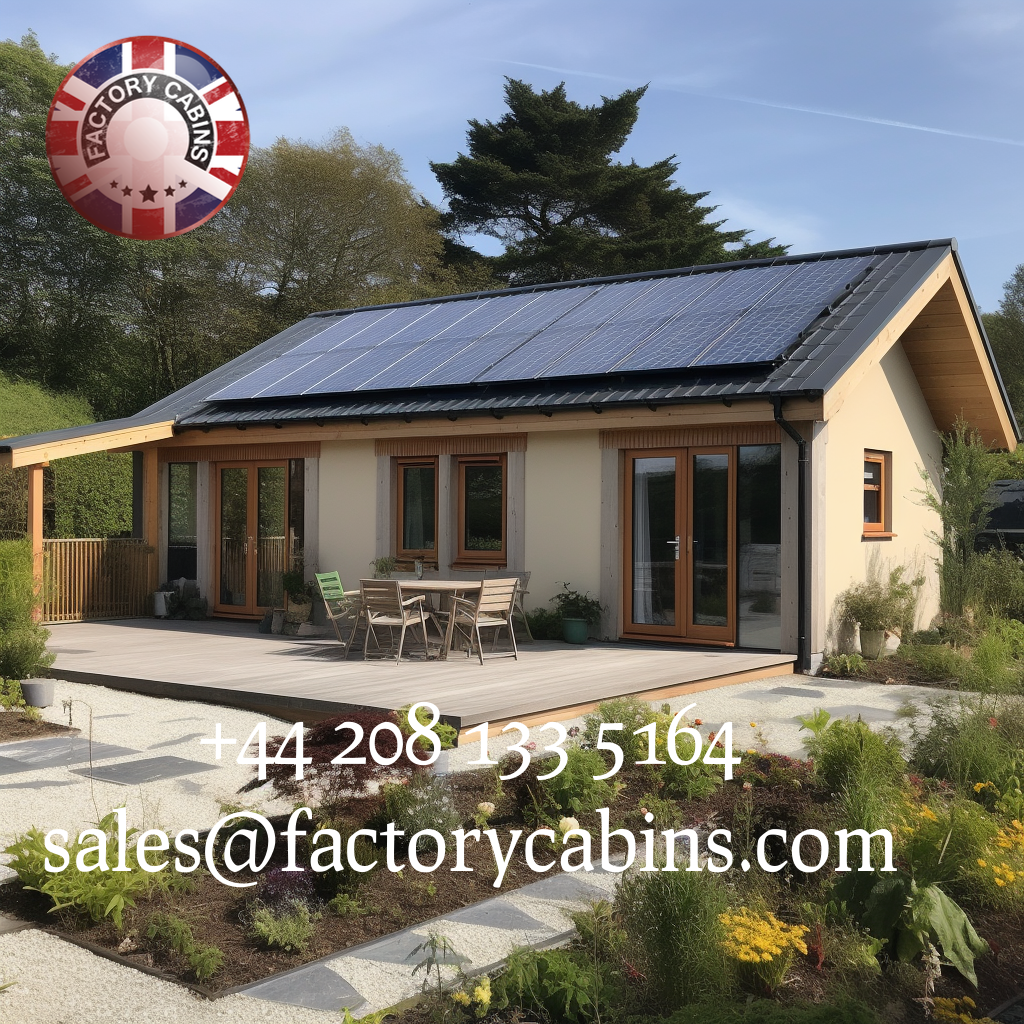
Over 23 years ago, we discovered that designing amazing small dwellings for our English green spaces would benefit families in a variety of ways, including a place to study, sleep, party, the man-woman cave, the bar, games rooms, computer rooms, insulated kids bedrooms, granny annexes and so many other purposes, and with our thousands of different designs to meet the needs, timber frame, interlocking log, glulam and rustic logs and modular.
Unlike most, we are able to produce everything at a very affordable cost. What makes us unique? Our experienced labourers, carpenters, welders, and draughtsman are the greatest because we are honest and reliable, and when we leave a market, that market stops moving forward, designs falter, and, as we see in the camping pod industry, only rubbish is created at outrageous rates.
Garden retreats with triple-glazed windows and doors, as well as excellent insulation.
Garden cottages made of timber frame, log, and modular materials.
Scottish and Welsh garden hideaways
Insulate your outdoor spaces.
Garden getaways for relaxation
Timber frame constructions that are environmentally friendly

The Advantages of High-Rated Timber Frame Garden Retreats FactoryCabins.com is the premier garden getaway brand in the United Kingdom.
Innovative Timber Frame Construction Features for Maximum Comfort and Sustainability
Conclusion on Choosing the Best Garden Retreat Current Events Reminders:
Building warm, well-insulated timber frame garden retreats has grown in favour in the United Kingdom and Britain in recent years. These retreats are not only beautiful, but they also provide exceptional insulation, making them suitable for year-round use. In this blog post, we’ll delve into the world of these getaways, investigating their benefits, top brands, unique features, sustainability, and how to find the best one for your garden.
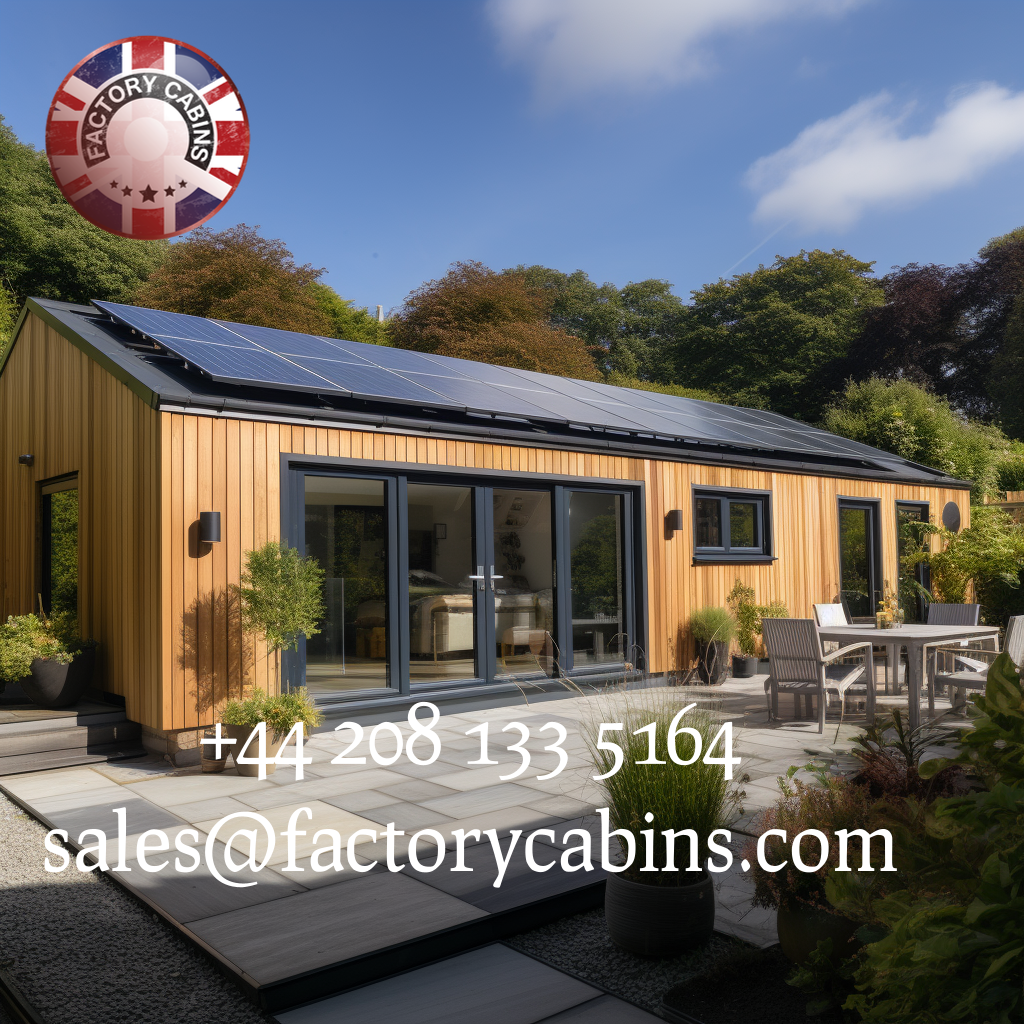
- Advantages of Timber Frame Garden Retreats with High Insulation
Year-Round Comfort: These garden getaways provide a comfortable living environment regardless of the season thanks to high-quality insulation.
Insulated vacation homes save energy and reduce heating and cooling costs.
They can be used as guest rooms, home offices, yoga studios, or simply as a relaxing retreat.
Increase the value of your property: Adding a garden retreat to your home can dramatically increase its worth.
- Leading Garden Retreat Companies in the United Kingdom
Brand A is well-known for its contemporary and minimalist designs.
Brand B: Provides customizability for a more unique touch.
Brand C prioritises environmentally friendly and long-lasting products.
- Distinctive Comfort Features
Double-glazed windows provide additional insulation while also providing beautiful garden views.
Use underfloor heating to keep the refuge warm and inviting throughout the winter months.
Smart Home Integration: Control lights, temperature, and security with ease.
- Timber Frame Construction’s Longevity
Examine the environmental advantages of utilising sustainable wood.
Highlight environmentally sustainable construction practises.
Mention building certificates for environmentally friendly construction.
Choosing the Best Garden Retreat
Determine your aim as well as your space needs.
Take into account your budget and available garden area.
Consider your design and customization options.
Examine each model’s insulation and sustainability features.
Examine customer comments and solicit suggestions.
Request estimates and pricing comparisons from various brands.
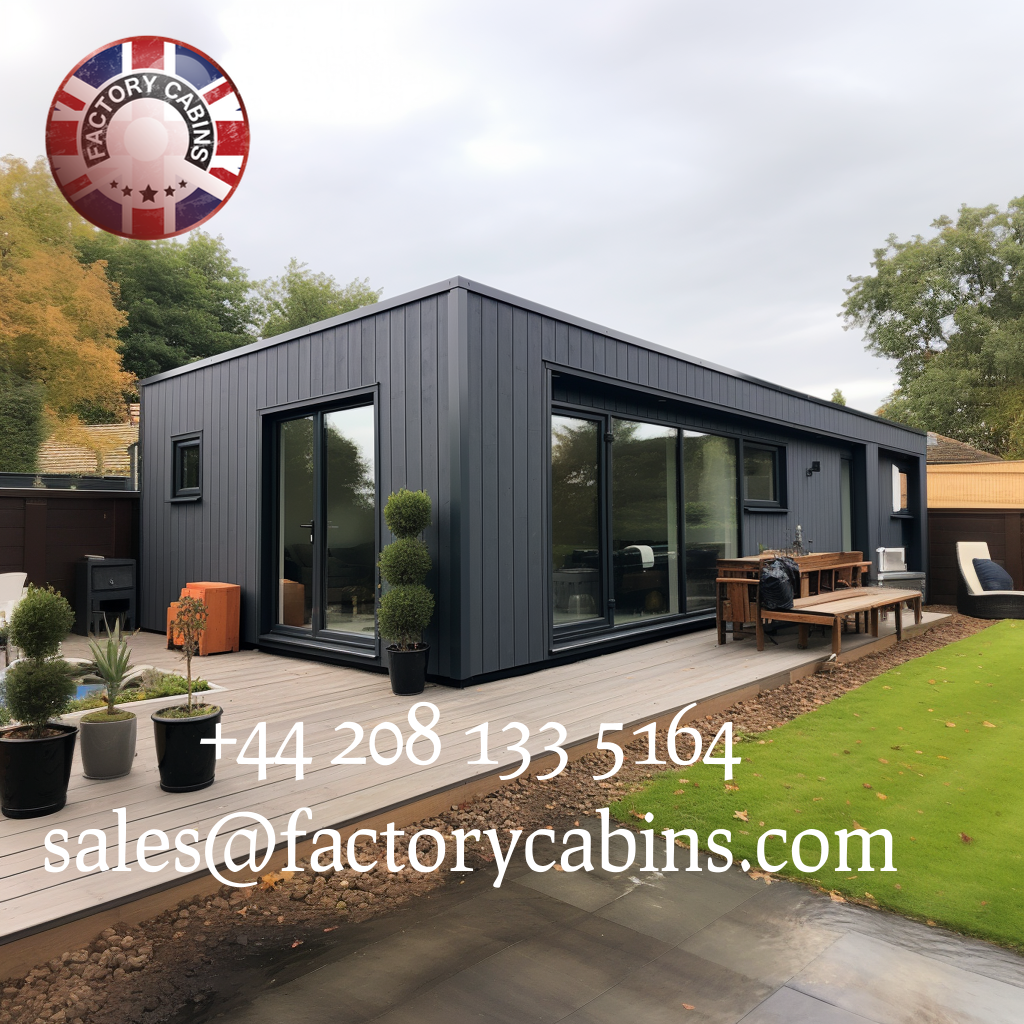
- Finally,
Garden retreats built with thermally insulated timber frames are more than just shelters; they are investments in your comfort and the value of your property. With the correct selection, you may create a tranquil refuge in your own backyard, allowing you to enjoy your outside space all year.
Tags for the title (70 characters):
“Discover Insulated Timber Garden Retreats” “Sustainable Timber Retreats in Britain.”
Meta descriptions (maximum of 160 characters):
“Discover the best-insulated timber garden retreats in the UK, providing year-round comfort and sustainability.”
“To transform your outdoor space, use highly insulated garden hideaways.” Discover eco-friendly timber resorts all throughout the UK today.”
“Use sustainable timber frame garden retreats to create your own oasis.” “Find the ideal Britain.” a vacation for any season.”
- Distinctive Comfort Features
In the case of well-insulated timber frame garden getaways, innovation is critical to ensuring your comfort. Here are some intriguing ideas to look out for:
Double-glazed windows not only improve insulation but also provide stunning views of the landscape. They keep the cold out in the winter and the heat out in the summer, allowing you to enjoy your retreat throughout the year.
Imagine stepping upon warm, comforting floors even on the coldest winter mornings. When it comes to keeping your garden escape warm no matter how cold it gets outside, underfloor heating systems are a game changer.
Smart Home Integration: Many modern garden getaways make use of smart technology. You may use your smartphone or voice commands to manage lighting, thermostats, and even security. This improves not only convenience but also security while you are away.
- Timber Frame Construction Longevity
Consider sustainability when selecting a garden retreat. Many manufacturers now emphasise environmentally friendly building techniques and materials, guaranteeing that you’re not only creating a personal refuge but also favourably impacting the environment.
Use of Sustainable Timber: Look for retreats made from sustainably obtained wood. This guarantees that the wood used is replenished properly, lowering the environmental impact.
Environmentally Friendly Construction Methods: Some companies employ environmentally friendly construction methods to reduce waste and energy usage. They may use ecologically friendly construction methods and efficient production practises.
Look for certificates such as FSC (Forest Stewardship Council) or PEFC (Programme for the Endorsement of Forest Certification) to validate the retreat’s commitment to sustainable practises.
Choosing the Best Garden Retreat
It’s time to choose the most highly insulated wood frame garden hideaway for you now that you’ve learned about the benefits, brands, and features of these structures. Here is a step-by-step procedure for making an informed decision:
Determine Your Objective: Consider how you intend to use the retreat. Is it for entertaining people, working from home, pursuing hobbies, or simply relaxing? The size and pattern you require will be determined by your goal.
Consider Budget and Space: Create a budget for your project and evaluate the available garden space. Knowing your budget and the quantity of available space may aid in narrowing down your choices.
Consider Design Alternatives: Garden retreats come in a variety of shapes and sizes. Investigate your possibilities and select one that suits both the beauty of your landscape and your own tastes.
Investigate Insulation and Sustainability: Look at the insulation properties of each resort you’re thinking about purchasing. Inquire about the materials used and how eco-friendly they are.
Examine Previous Customer Feedback: Previous customer feedback might provide significant insight into the brand’s quality and customer service. Keep track of any comments about insulation, craftsmanship, or durability.
Finally, contact the brands that pique your interest and obtain quotes for your chosen design. Compare your options while keeping features, sustainability, and cost in mind.
- Finally,
Finally, well-insulated timber frame garden retreats boost your outdoor living space greatly. They offer comfort, durability, and versatility, allowing you to enjoy your garden all year round. Whether you need a quiet workstation, a lovely hideaway, or a guest room, these retreats are a wonderful compliment to any British garden. Take your time exploring the alternatives, consider the features that are most important to you, and make a decision that will improve your lifestyle as well as the value of your house.
Remember that your garden retreat is more than just a building; it is an investment in both your health and the environment. Choose wisely and reap the numerous benefits that it will bring to your life.
+44 0208 133 5164
sales@factorycabins.com
